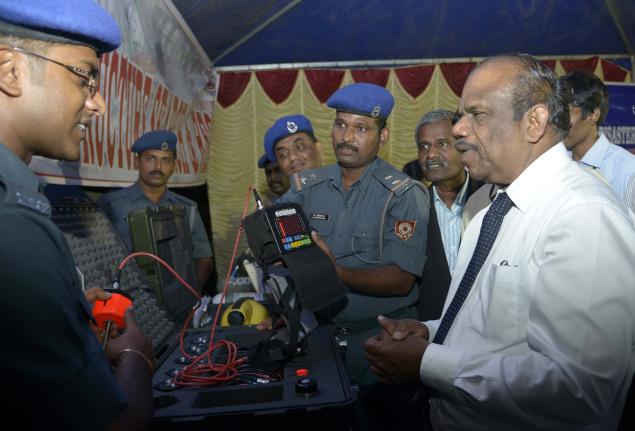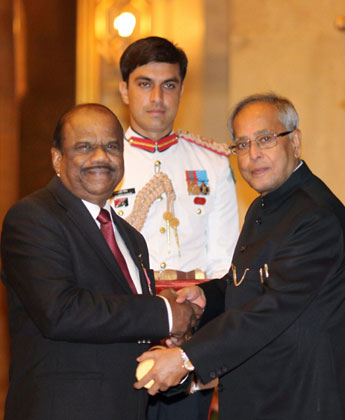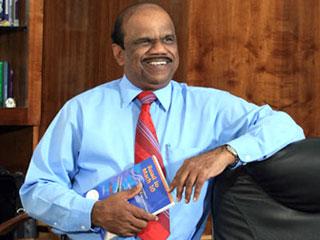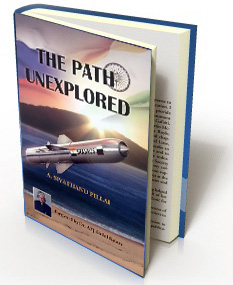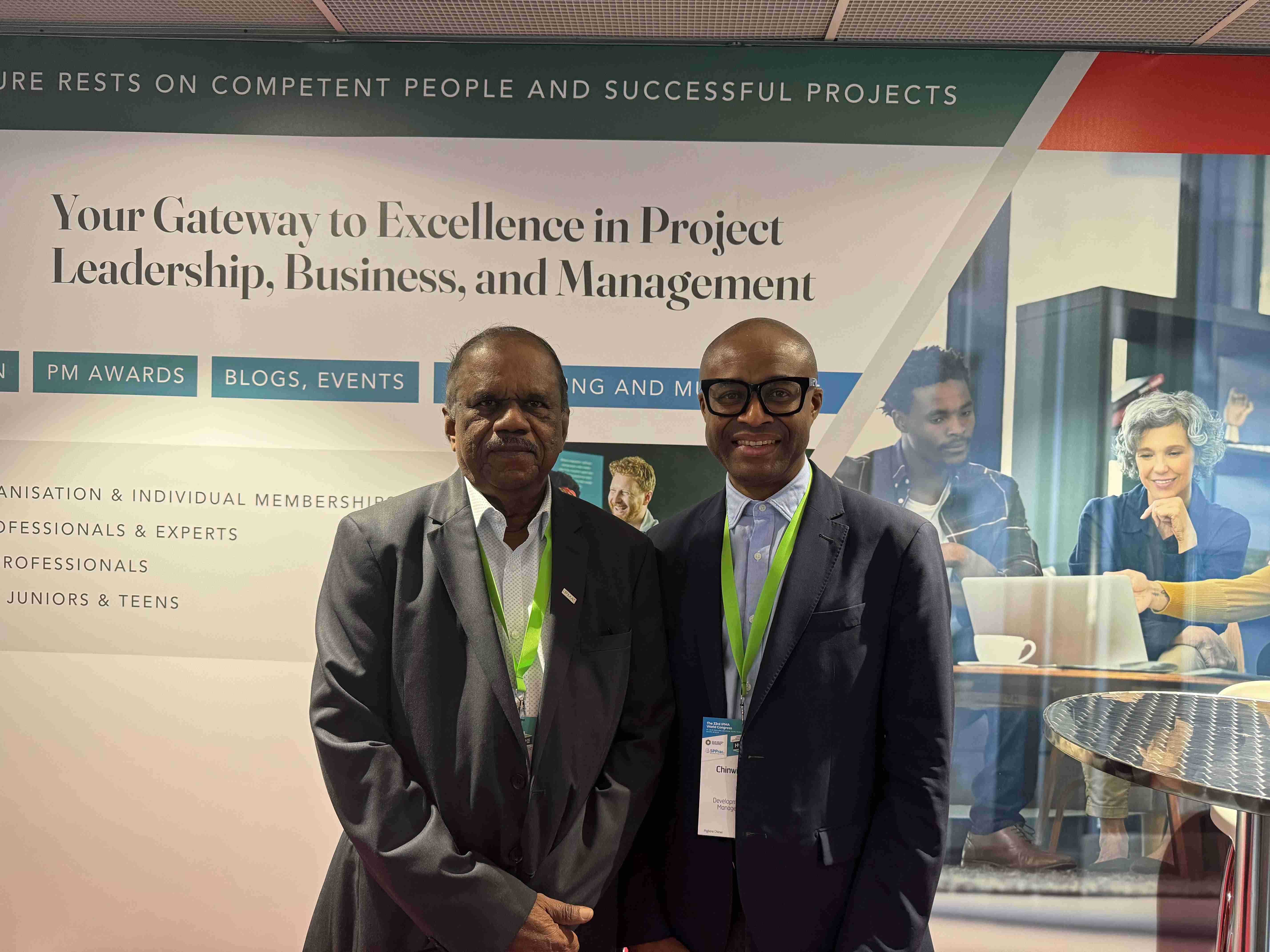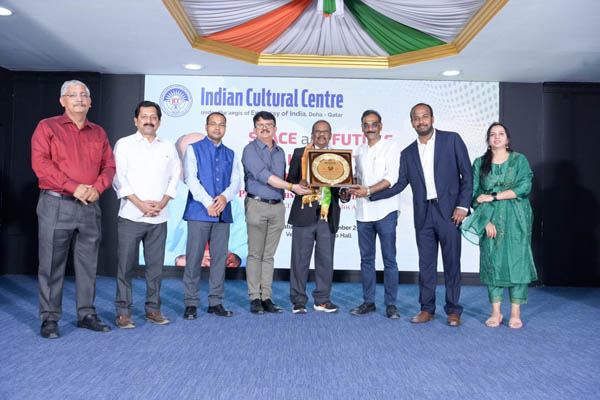
‘Manned lunar mission planned in 2020 to establish a factory in moon’
For the 350 school and college students gathered at the Regional Science Centre here on Saturday, it was a unique opportunity to learn about the science and hard work that went into developing the dozens of missiles they had watched during the Republic Day parades at New Delhi.
For, the Centre had roped in A. Sivathanu Pillai, the Chief Controller of Defence Research and Development Organisation (DRDO) and the man behind many missile projects, to inaugurate it’s ‘Meet Your Scientist’ initiative.
Under this, a series of meetings would be organised at the Regional Science Centre in which scientists would interact with students.
A school student queried the renowned scientist on how did the submarine-launched version of BrahMos, a supersonic cruise missile developed jointly by India and Russia, achieve ignition under water.
Mr. Sivathanu Pillai, who is also the Chief Executive Officer and Managing Director of BrahMos Aerospace, the company that manufactured this missile, told the student that the submarine versions had a separate gas motor that would propel it to water surface after which the missile’s boosters would kick in.
To another question, he said that artificial intelligence was no longer confined to the realms of science fiction movies and had become a reality. The DRDO carried research in this field at its Centre for Artificial Intelligence and Robotics in Bangalore.
On the risks of collision between satellites in space, he said that an international agency coordinated the positioning of satellites between all countries.
The future of DRDO, he said, was geared up towards mastering the convergence of nano, biological and information technologies. Another major objective was to develop hypersonic versions of BrahMos that can travel at speeds of Mach 7 (seven times the speed of sound). The present versions travel at Mach 3. On the country’s space ambitions, Mr. Sivathanu Pillai informed students that a manned lunar mission was planned in 2020 to establish a factory in moon which is said to contain huge quantities of helium 3, a mineral that could be used to generate power in a nuclear fusion reaction. In his presentation earlier, he said that it was legendary Tipu Sultan, the King of Mysore who launched the world’s first war rocket in 1792 against the British cavalry.
Since then, India had made considerable advances in missile technology despite behind denied the technology by foreign countries, he added.
Source:The Hindu




